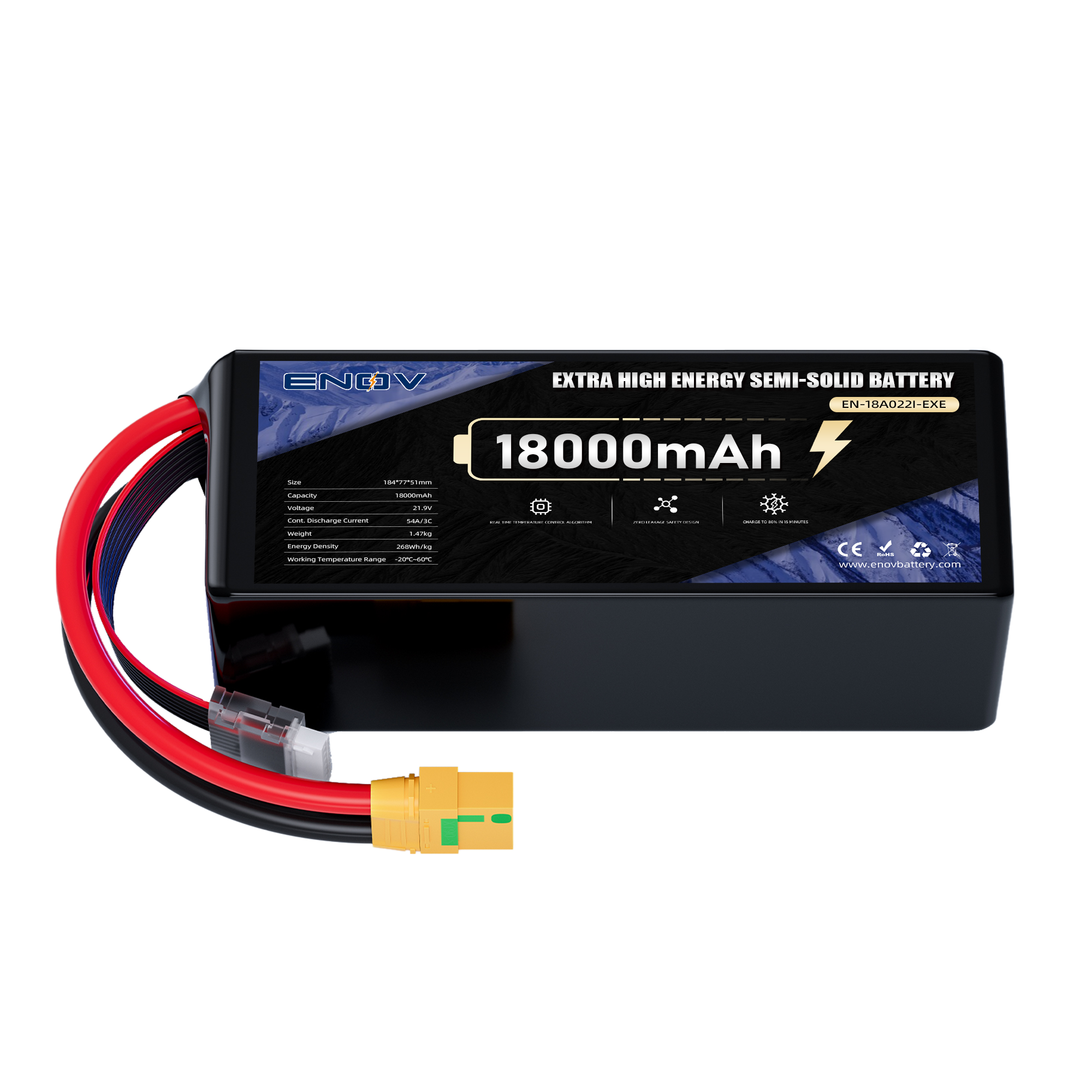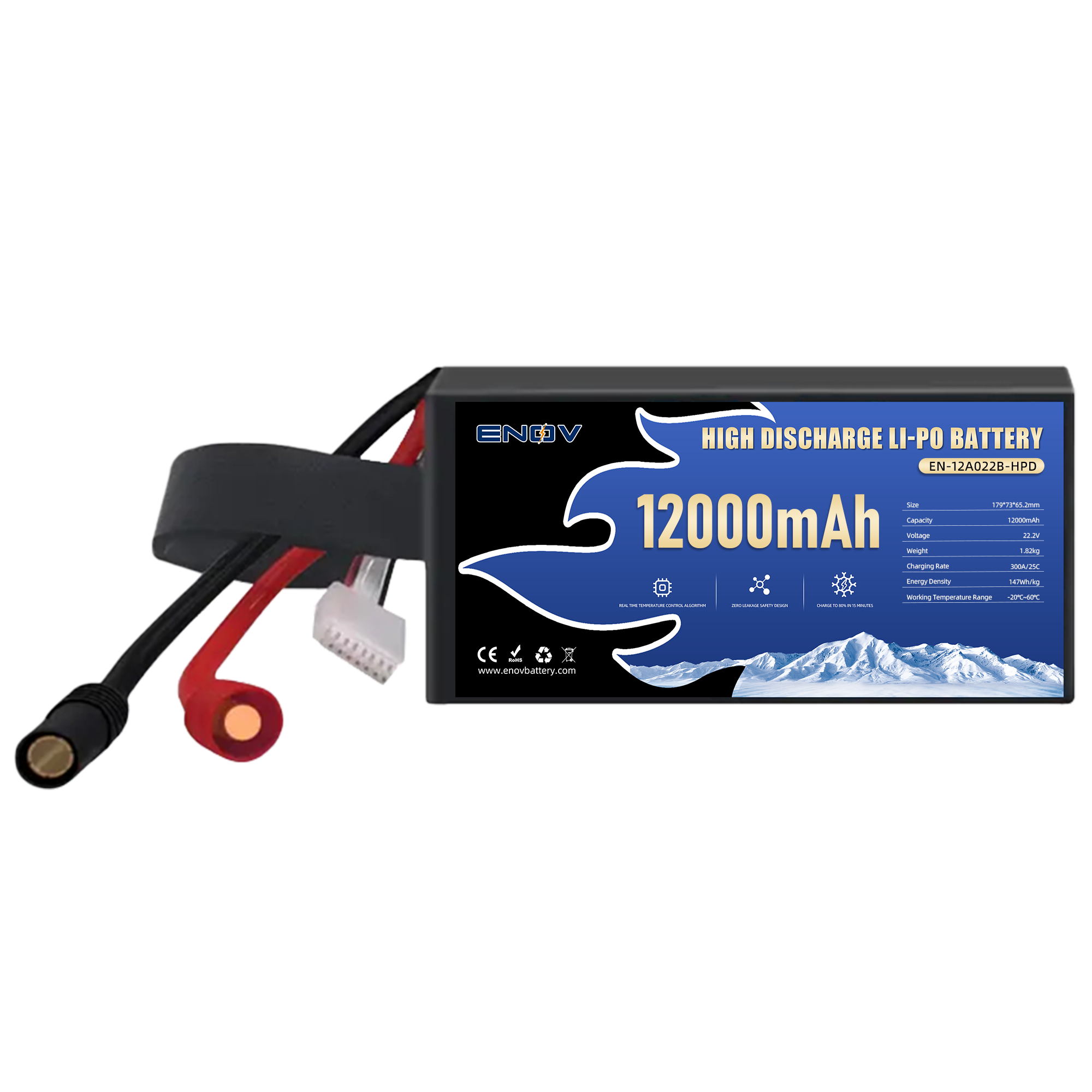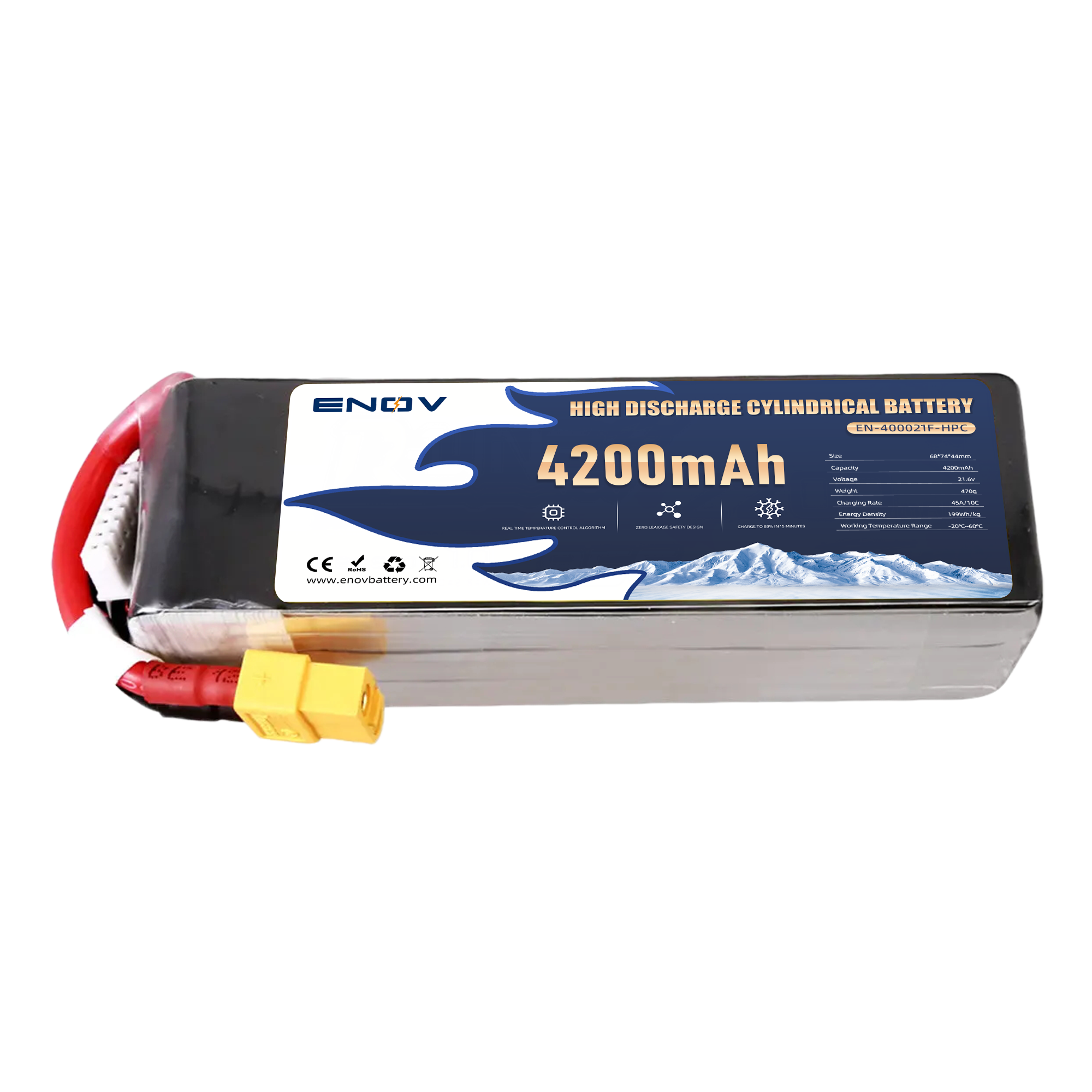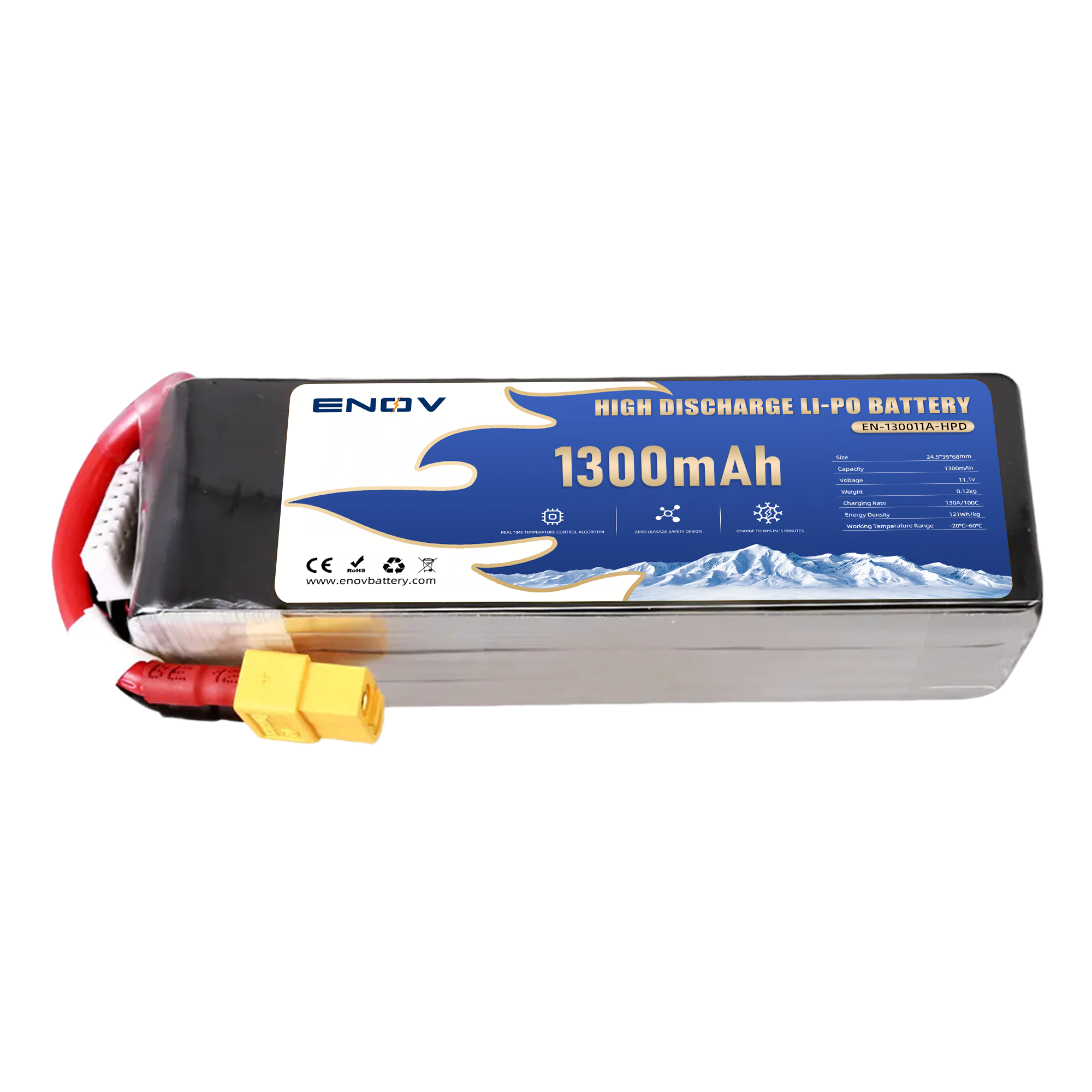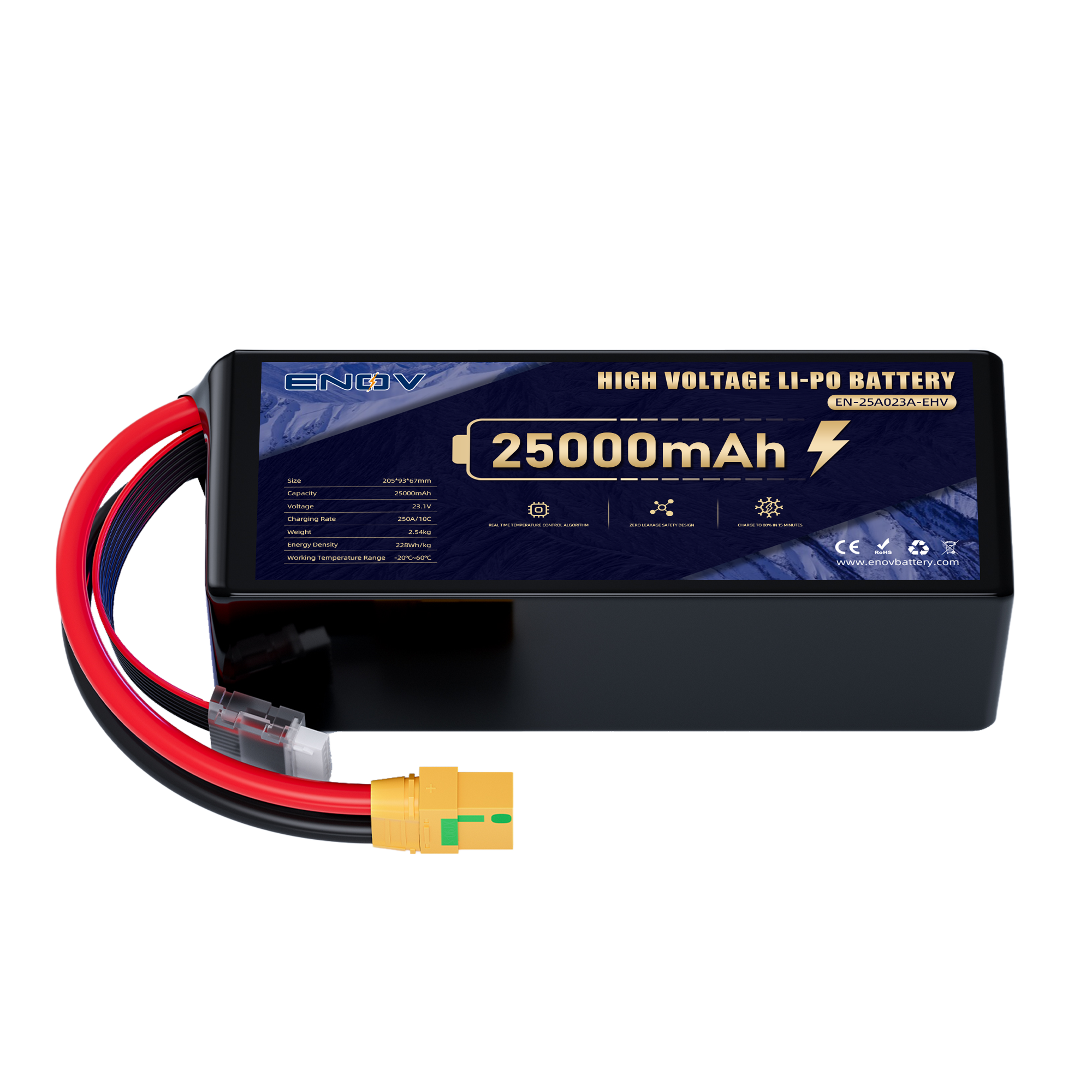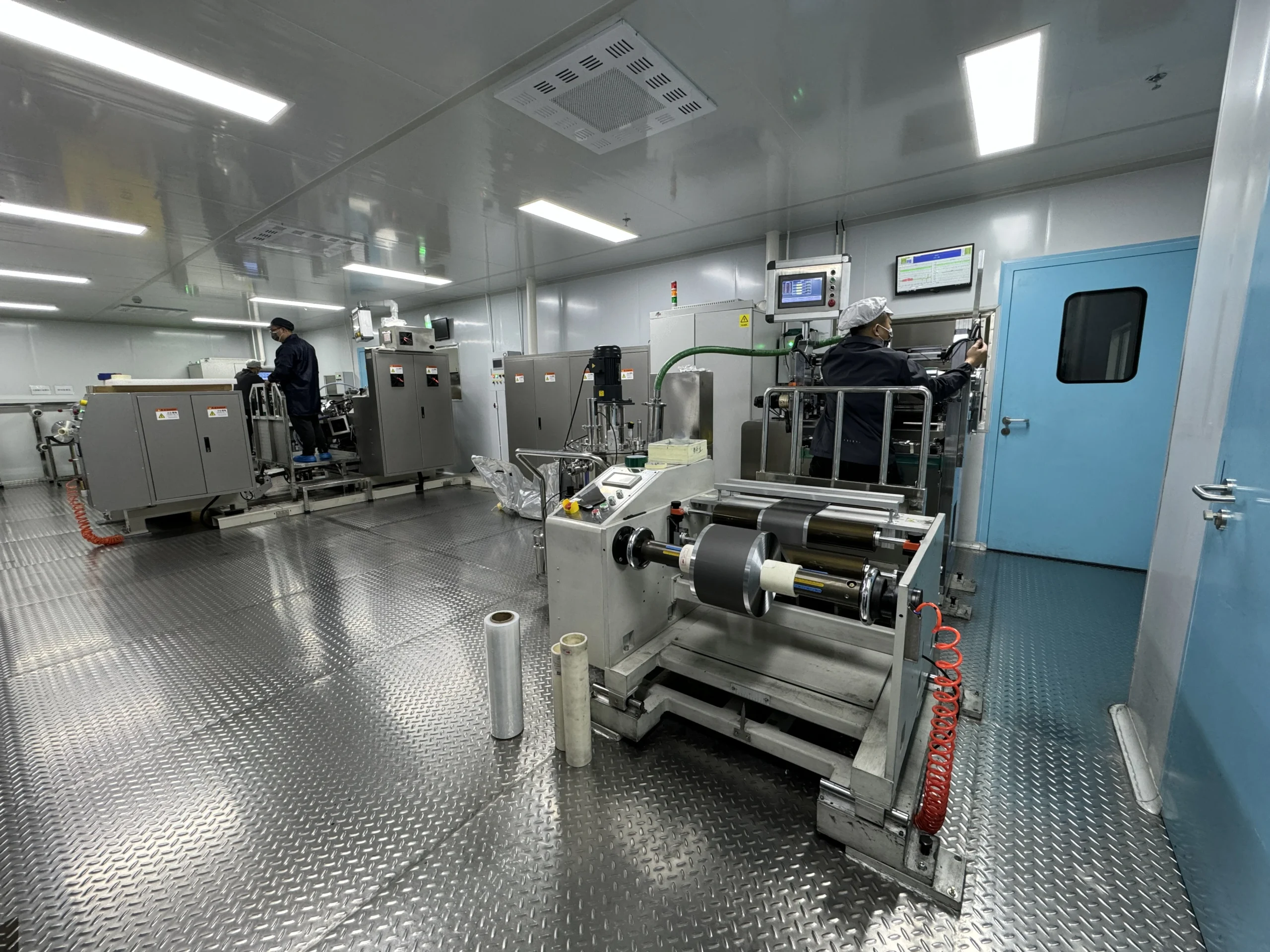Synergy Between Policy and Consumer Demand
Policy and consumer demand synergy is reshaping global markets by aligning regulatory frameworks with evolving consumer preferences. While governments aim to steer economies toward sustainability and equity, consumers increasingly prioritize ethical, tech-driven, and personalized solutions.
This article explores how this dual force drives innovation, reduces market friction, and creates opportunities for businesses to thrive in competitive, purpose-driven ecosystems.
thrust
1. Policy as a Catalyst for Consumer-Driven Markets
Governments worldwide are leveraging policy tools to accelerate demand for sustainable and socially responsible products. For instance, subsidies for electric vehicles (EVs) and renewable energy adoption have spurred consumer interest in green technologies, with EV sales surging by 35% in key markets since 2024. Similarly, bans on single-use plastics and tax incentives for circular economy practices have shifted consumer behavior toward eco-friendly alternatives.
Policymakers also target digital transformation, funding AI-driven infrastructure upgrades to meet demands for smarter cities and personalized services. By integrating consumer feedback into legislative processes, authorities ensure policies remain agile—balancing innovation with public welfare.
2. Strategic Differentiation: Beyond Price Wars
Consumer preferences, meanwhile, have become a powerful force in shaping regulatory agendas. The rise of health-conscious purchasing, for example, has led to stricter food labeling laws and investments in organic farming subsidies. In tech sectors, privacy concerns over AI-driven data collection have prompted GDPR-like regulations globally, mandating transparency and user control.
Demand for affordability further drives policy adjustments. Programs like equipment trade-ins and bulk consumer goods subsidies lower entry barriers for low-income households, expanding market access while stabilizing industries. This feedback loop ensures policies evolve to reflect real-world needs, fostering trust and long-term compliance.
3. Case Studies: Successful Synergy in Action
• Renewable Energy Adoption: Tax credits for solar panel installations, paired with consumer demand for energy independence, have tripled residential solar adoption in the U.S. and EU since 2023.
• EV Market Growth: China’s dual focus on ZEV mandates and consumer subsidies propelled EV sales to 29% of new car purchases in 2024, with automakers like Ford reporting 124% growth in EV revenue.
• Digital Privacy Reforms: GDPR expansions and AI ethics guidelines address consumer fears about data misuse, enabling safer adoption of AI agents in healthcare and finance.
These examples highlight how aligned incentives reduce market uncertainty, enabling businesses to invest confidently in R&D and scalability.
4. Challenges and Future Outlook
Despite progress, mismatches between policy timelines and consumer expectations persist. Rapid tech advancements often outpace regulatory updates, creating gaps in AI governance and greenwashing oversight. Additionally, regional policy disparities complicate global supply chains, as seen in conflicting EV subsidy frameworks between the U.S. and EU.
Looking ahead, AI-powered predictive policymaking could bridge these gaps. By analyzing real-time consumer data, governments can anticipate trends—proactively designing subsidies, tariffs, and R&D grants that align with future demand. Businesses that engage early in policy dialogues will gain first-mover advantages in emerging markets.
Conclusion
Policy and consumer demand synergy is not a theoretical ideal but a practical driver of modern economic success. When regulations amplify consumer priorities—and vice versa—markets achieve unprecedented efficiency, inclusivity, and resilience.
For businesses, understanding this dynamic is critical: staying ahead requires agility in adapting to policy shifts while anticipating consumer trends. As global challenges like climate change and digital inequality intensify, collaborative frameworks between governments, industries, and consumers will define the next era of sustainable growth.
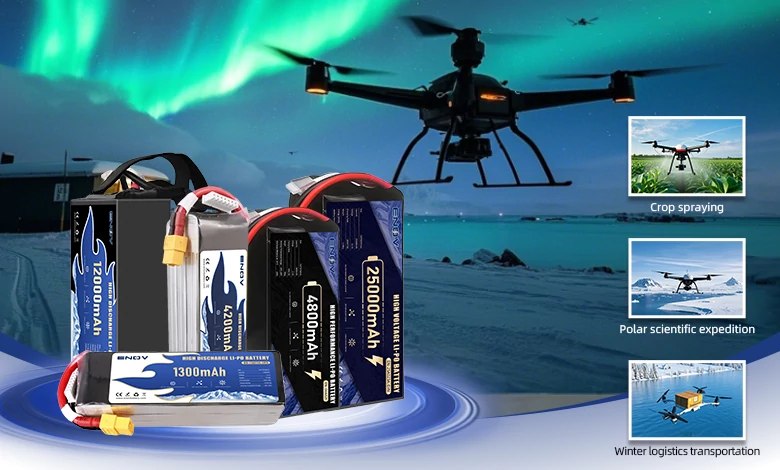
UAV DRONE battery
Enov UAV battery has the most advanced UAV battery new technology, it has a lightweight structural design, ultra-high energy density, stable continuous discharge, customized ultra-high instantaneous discharge, wide temperature working range, stable charge and discharge, battery materials can choose high nickel terpolymer positive/silicon carbon negative material system combined with semi-solid battery technology. Or choose a more mature application of more UAV lithium battery technology, available UAV battery nominal voltage 3.7V, capacity 18.0Ah ~ 30.0Ah, support 10C continuous discharge and 120C pulse discharge (3 seconds). With ultra-high energy density (220-300Wh/kg) as its core advantage, Enov UAV batteries can meet the needs of long-term endurance scenarios such as plant protection drones and transport drones, while maintaining stable emission performance in extremely low temperature environments (-40℃).
Other products
START-STOP LITHIUM BATTERY
LITHIUM ENERGY STORAGE BATTERY
QUICK INQUIRY
FAQ
Access to high frequency technical questions with one click, get accurate answers on product application, after-sales policy and customization process.
Service and Support
Get the latest product specifications, explore professional OEM/ODM customization services, click to open exclusive technical support and production solutions.
Become a Partner
We sincerely invite resources to interconnect, work together for win-win development, and immediately open a new chapter of strategic cooperation!
